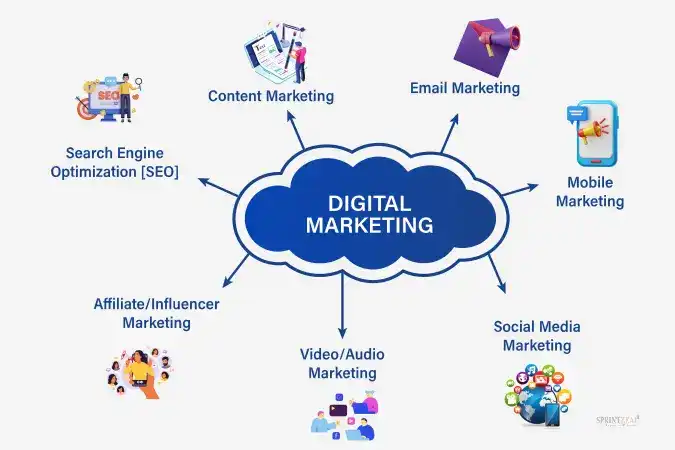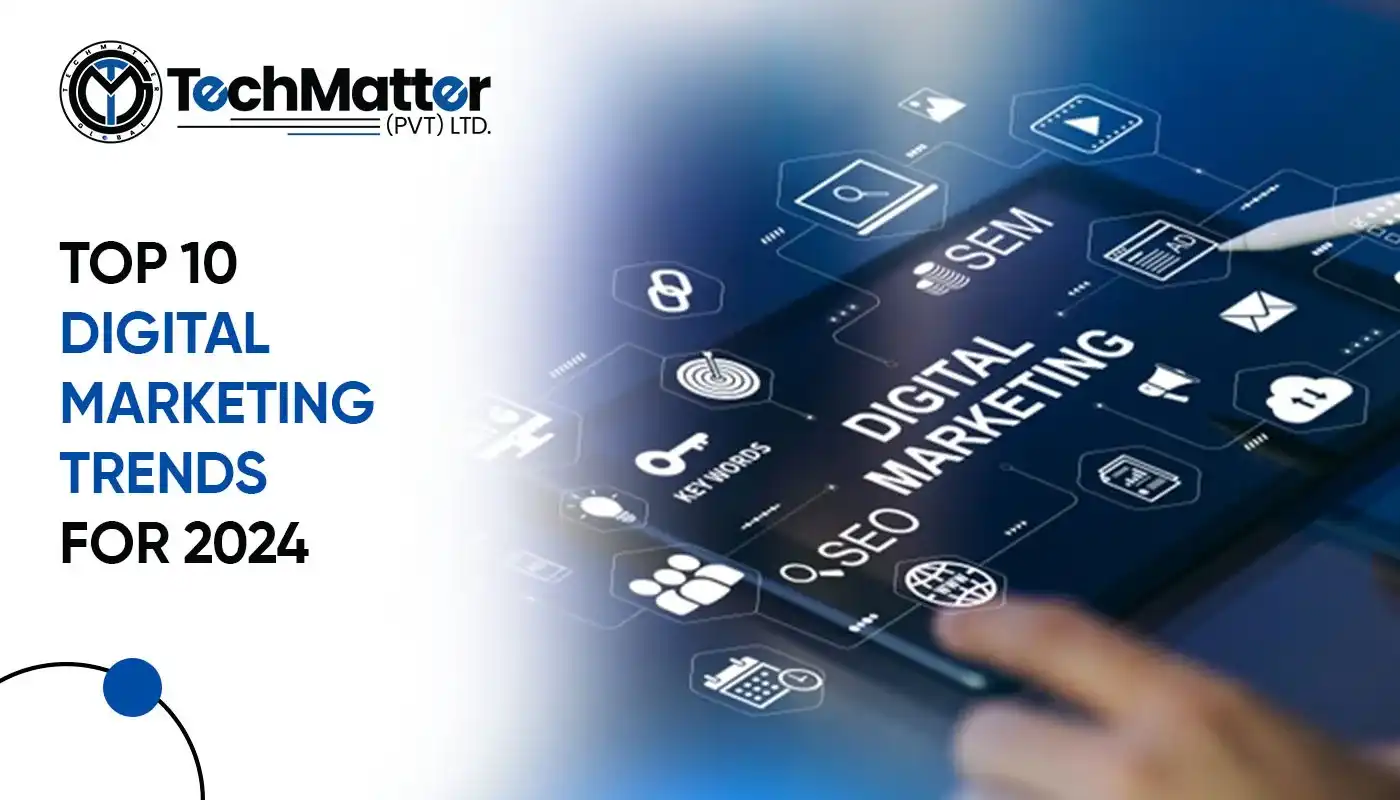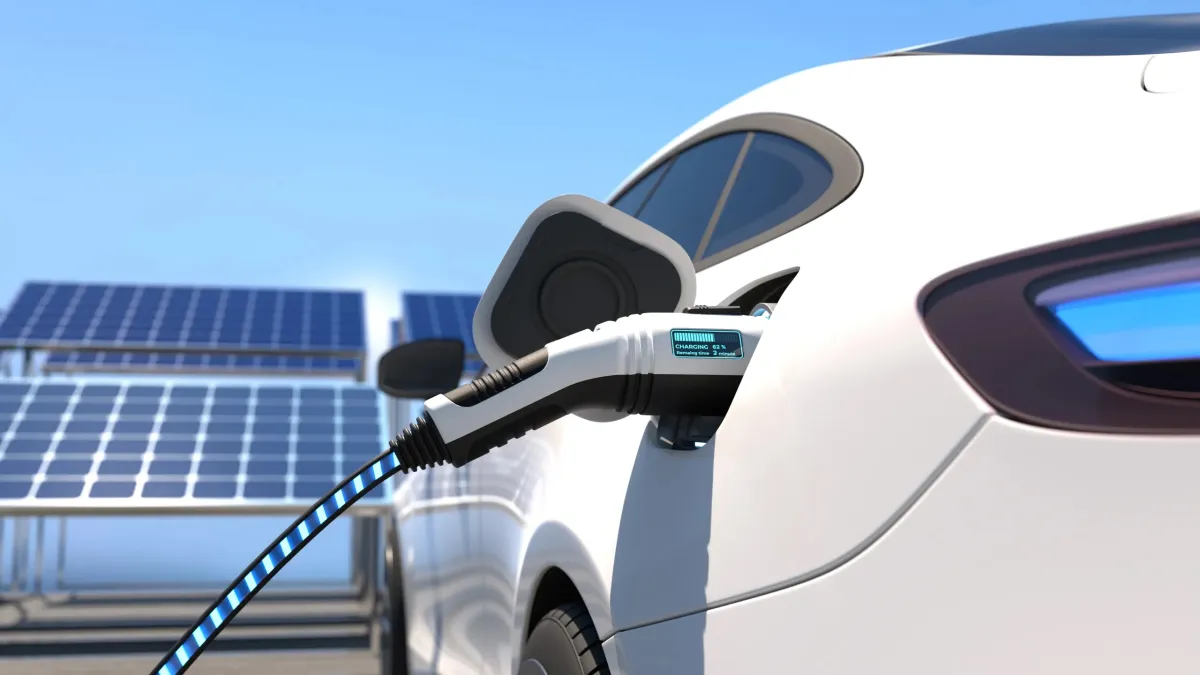Fleet Electrification: Adoption Rates & Future Trends
Mia Anderson

Photo: Fleet Electrification: Adoption Rates & Future Trends
The electrification of vehicle fleets has become a pivotal movement in the global transition to sustainable energy. With climate goals intensifying and advancements in electric vehicle (EV) technology accelerating, fleet operators are shifting gears towards electrification. This article delves into the adoption rates of fleet electrification, the driving factors behind this transition, and future trends shaping the industry.
Understanding Fleet Electrification
Fleet electrification refers to the replacement of traditional internal combustion engine (ICE) vehicles in corporate or commercial fleets with electric vehicles. These fleets range from delivery vans and company cars to buses and heavy-duty trucks. Electrifying these fleets not only contributes to reduced greenhouse gas emissions but also offers cost advantages in the long term.
Why Fleet Electrification Matters
- Environmental Impact: Transportation accounts for approximately 27% of global greenhouse gas emissions, according to the International Energy Agency (IEA). Transitioning fleets to EVs can significantly reduce carbon footprints.
- Cost Savings: EVs have lower operating costs compared to ICE vehicles due to reduced fuel expenses and fewer maintenance requirements.
- Regulatory Compliance: Governments worldwide are implementing stricter emission standards and offering incentives for adopting electric vehicles, pushing fleet operators to adapt.
Adoption Rates of Fleet Electrification
The adoption of electric vehicles in fleets has shown exponential growth in recent years. A 2022 report from BloombergNEF revealed that electric vehicles represented 5% of new vehicle sales globally in 2020, but fleet electrification is growing even faster due to economic and operational benefits.
Key Factors Driving Adoption
- Government Policies and Incentives
Countries like Norway, the United Kingdom, and China have introduced subsidies, tax breaks, and grants to encourage businesses to electrify their fleets. For example, Norway offers full tax exemptions for EVs, leading to a significant rise in their adoption. - Corporate Commitments
Major companies, including Amazon, FedEx, and UPS, have pledged to transition to zero-emission fleets. Amazon's partnership with Rivian to develop electric delivery vans is a prominent example. - Improved Charging Infrastructure
The expansion of EV charging networks has alleviated range anxiety, a common barrier to adoption. Organizations can now install charging hubs at depots or rely on public charging stations. - Technological Advancements
Modern EVs feature extended ranges, faster charging times, and advanced battery technologies. These improvements make EVs more practical for long-haul and intensive-use scenarios.
Challenges in Fleet Electrification
Despite the promising growth, fleet electrification faces several hurdles:
1. Upfront Costs
While EVs offer long-term savings, their initial purchase price remains higher than ICE vehicles. Fleet operators often require substantial capital investments, which can deter smaller businesses.
2. Charging Infrastructure Availability
Although charging networks are growing, rural and less-developed areas still lack sufficient coverage. This limitation can restrict operations in certain regions.
3. Vehicle Variety
Certain fleet types, such as heavy-duty trucks, have fewer EV options available. Developing robust electric models for these niches remains a work in progress.
4. Battery Supply and Recycling
The surge in EV demand has increased pressure on battery supply chains, raising concerns about resource scarcity and environmental impacts from mining.
Future Trends in Fleet Electrification
The future of fleet electrification looks promising as innovation and investment continue to grow. Here are some key trends that will define the sector:
1. Rise of Autonomous Electric Fleets
Autonomous vehicles (AVs) and EVs are converging technologies. Self-driving EV fleets are expected to revolutionize logistics and transportation by reducing labor costs and maximizing operational efficiency.
2. Vehicle-to-Grid (V2G) Technology
Fleet operators are exploring V2G systems, which enable EVs to send energy back to the grid during peak demand periods. This approach not only supports grid stability but also creates a potential revenue stream for operators.
3. Heavy-Duty EV Adoption
Manufacturers like Tesla, Volvo, and Daimler are investing heavily in electric trucks and buses. These advancements will expand electrification into industries like freight and mass transit.
4. Energy as a Service (EaaS)
Fleet operators can subscribe to EaaS models, which provide EVs, charging infrastructure, and energy management as a comprehensive package. This approach reduces upfront costs and simplifies the transition.
5. Global Collaboration
International coalitions, such as the ZEV Alliance, aim to accelerate the adoption of zero-emission vehicles. These efforts ensure consistent standards and shared resources across borders.
Case Study: Amazon’s Electric Fleet Initiative
Amazon’s ambitious climate pledge to achieve net-zero carbon by 2040 is driving significant investment in fleet electrification. In partnership with Rivian, Amazon plans to deploy 100,000 electric delivery vans by 2030. The program has already rolled out pilot operations in select U.S. cities, demonstrating the feasibility of large-scale EV deployment in logistics.
How Fleet Operators Can Prepare for Electrification
To successfully transition to an electric fleet, businesses should consider the following steps:
- Conduct Feasibility Studies: Assess operational requirements and identify areas where EVs can be seamlessly integrated.
- Leverage Incentives: Research available subsidies, grants, and tax benefits to offset initial costs.
- Partner with Experts: Collaborate with EV manufacturers and energy providers to develop tailored solutions.
- Invest in Training: Equip drivers and maintenance staff with the skills needed to manage electric vehicles effectively.
Conclusion
Fleet electrification is no longer a distant vision but an imminent reality. While challenges such as cost and infrastructure persist, the benefits of reduced emissions, cost savings, and regulatory compliance make it a worthwhile investment. By staying ahead of trends and leveraging technological advancements, businesses can play a pivotal role in shaping a sustainable future.
As adoption rates climb and new innovations emerge, fleet electrification will continue to transform the transportation landscape. Whether driven by environmental responsibility or economic incentives, the shift to electric fleets marks a crucial step in achieving global sustainability goals.
For more insights on sustainable transportation and EV technology, explore resources from International Energy Agency and BloombergNEF.
Marketing
View All
January 19, 2025
How to Master Digital Marketing BasicsLearn the essentials of digital marketing in this beginner-friendly guide. Kickstart your journey with step-by-step strategies. Start mastering today!
Mia Anderson

January 18, 2025
Top 10 Digital Marketing Trends for 2024Discover the must-know digital marketing trends for 2024. Stay ahead of the curve and elevate your strategies with these insights! Read more now!
Mia Anderson

January 27, 2025
PPC vs SEO: Digital Marketing ShowdownDiscover the differences between PPC and SEO in digital marketing. Find out which strategy is right for your goals and budget. Make an informed choice today!
Mia Anderson
Entertainment
View AllDiscover the ultimate guide to cosplay for beginners. Learn key tips, tricks, and trends to start your cosplay journey with confidence. Read now for expert advice!
Mia Anderson
Unlock the secrets of modern screenwriting with our expert tips and techniques. Start crafting compelling scripts today click to learn how!
Mia Anderson
Unlock the secrets to an unforgettable movie trivia night with our ultimate guide. Get tips, trivia questions, and game ideas to boost your event's fun!
Mia Anderson
Uncover how rap influences film storytelling and style. Dive into the transformative impact of rap on movies and see why this matters. Click to explore!
Mia Anderson
Automotive
View AllDiscover the rapid growth of EV adoption worldwide. Learn key stats, trends, and how it’s shaping the future of mobility.
Read MoreLearn how fast-charging networks are revolutionizing EV adoption by enhancing convenience and reducing charging times.
Read MoreDominate the auto market with these Dealer Daily tips. Learn strategies to increase efficiency and outshine competitors!
Read MorePolular🔥
View All
1
2
4
5
6
7
9
10
News
View AllAugust 13, 2024
The Ultimate Guide to Google Advertising: Secrets to Skyrocket Your Success
Read MoreTechnology
View All
November 8, 2024
Top 10 Must-Have Gadgets for 2024
Explore the top 10 must-have gadgets of 2024! From cutting-edge tech to everyday essentials, upgrade your gear now. Don’t miss out!

August 29, 2024
Discover How Digital Transformation Services Can Revolutionize Your Business
Discover how digital transformation services can revolutionize your business. Explore top solutions to drive growth and efficiency. Read more now!

December 16, 2024
Is This the Smart TV You’ve Been Waiting For? Top Features Revealed!
Discover the ultimate Smart TV with must-have features! Click to learn why it's the perfect choice and upgrade your viewing experience.
Tips & Trick






















